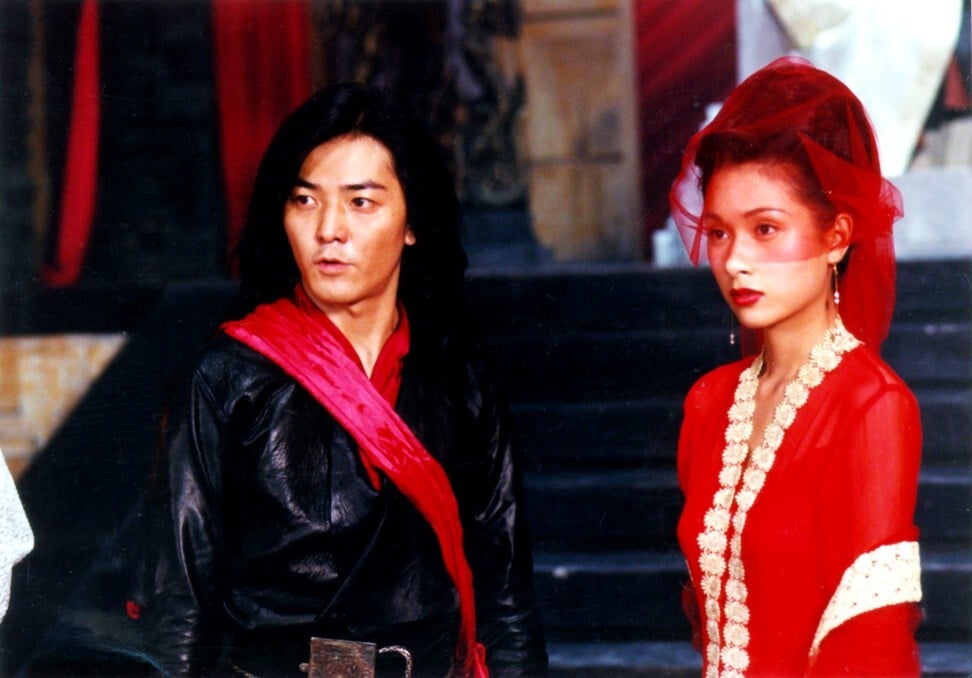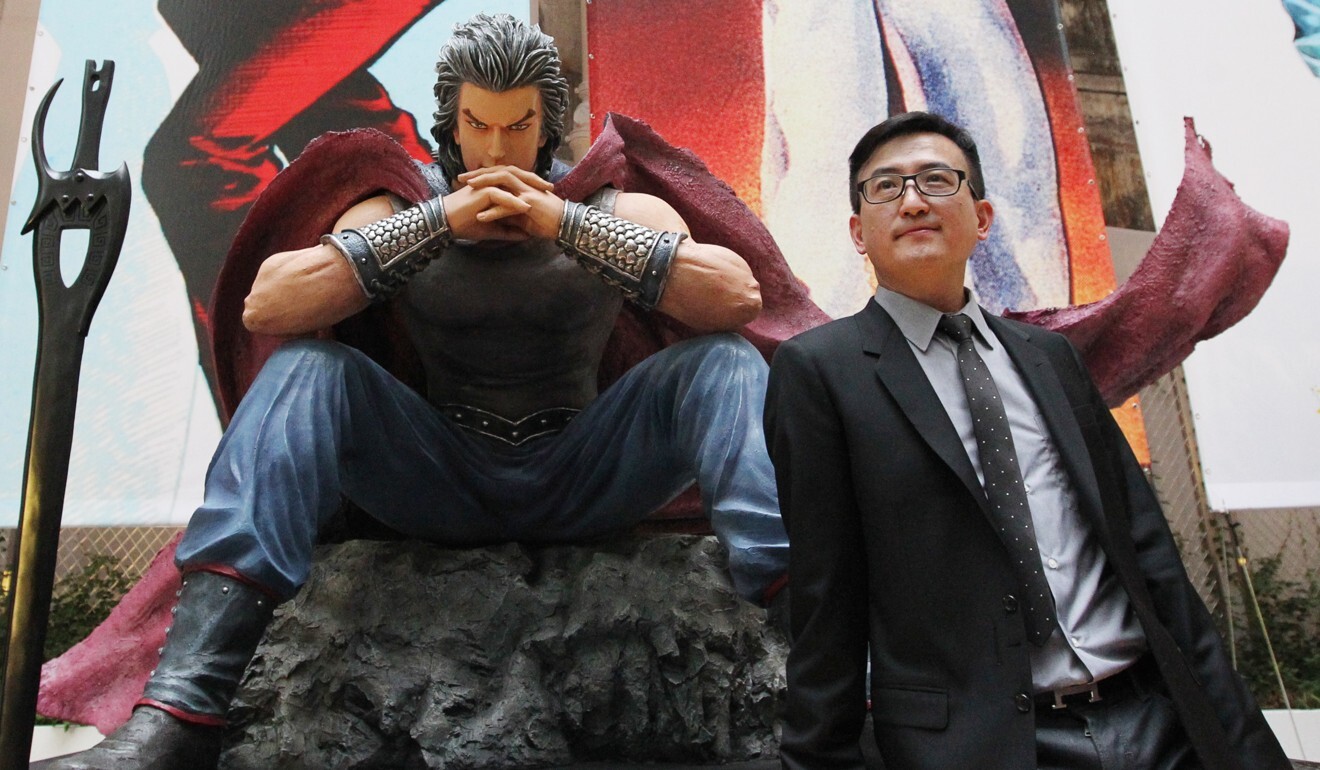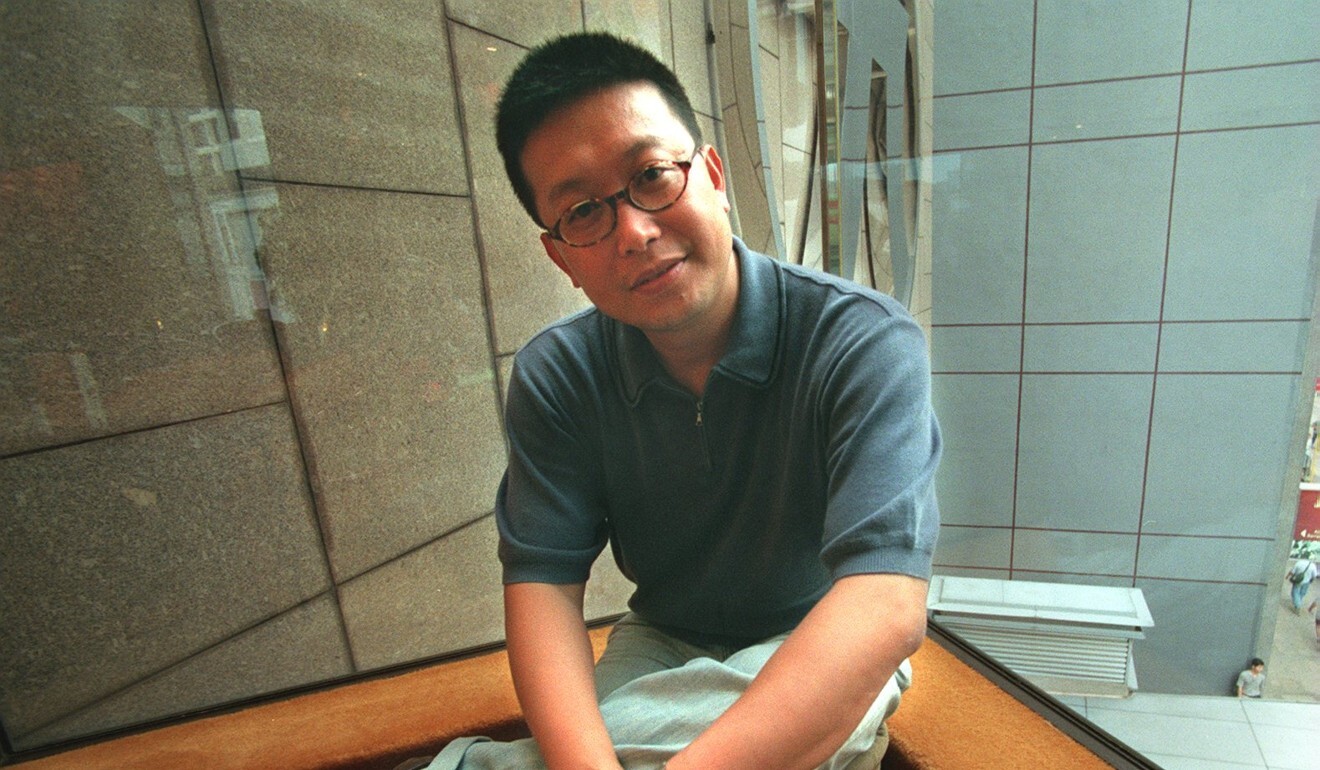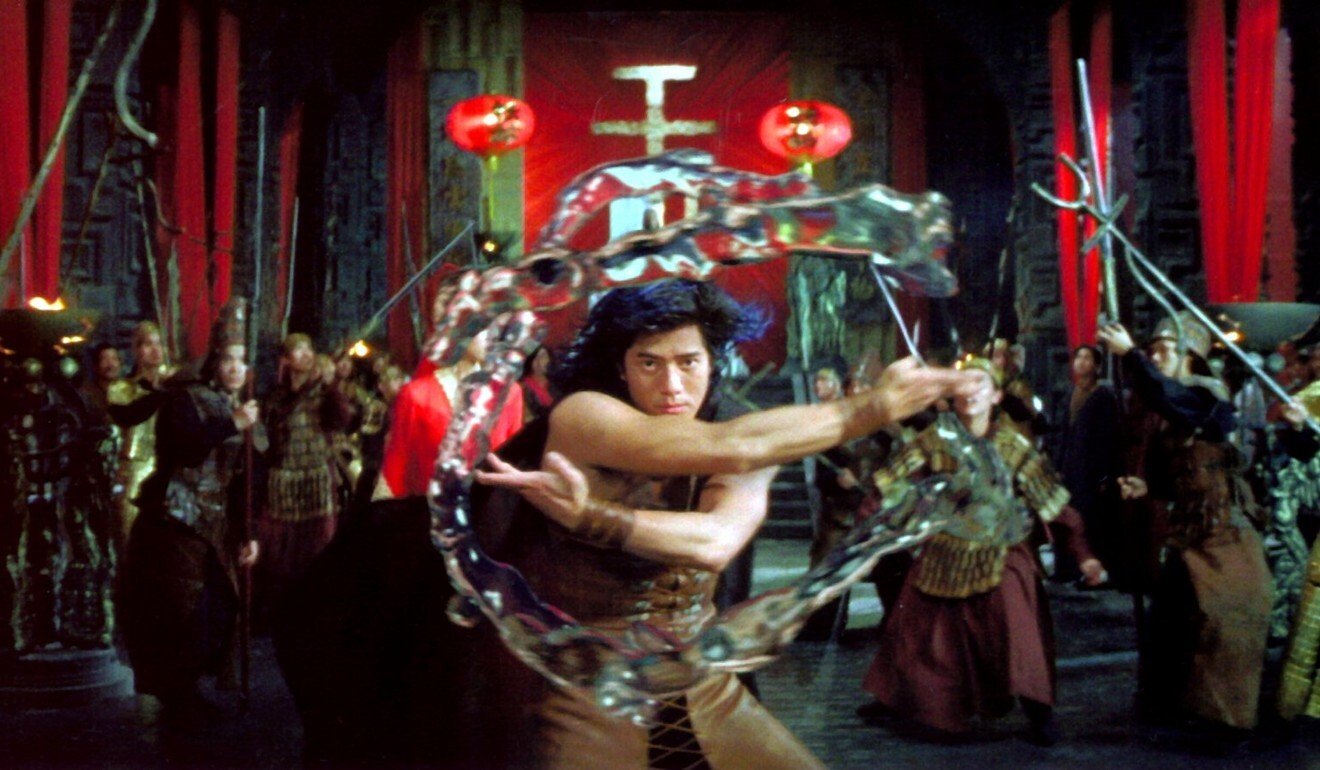
Martial arts meets special effects in The Storm Riders, where Ekin Cheng battled an invisible Fire Dragon against a blue screen
- Set in a mythical ancient China, the story plays out like a Western superhero film and stars Aaron Kwok and Ekin Cheng against some stunning backdrops
- Effects-heavy scenes featuring the two manipulating water and other elements looked effective on film’s 1998 debut and brought something new to the wuxia genre
The resulting martial arts fantasy, based on a popular Hong Kong comic by Ma Wing-shing, was a big hit with audiences in the city. It was helped by the presence of stars Aaron Kwok Fu-shing and Ekin Cheng Yee-kin in the leading roles, as well as one of the biggest publicity blitzes for a Hong Kong film ever seen.
Special effects were, at the time, not new to Hong Kong martial arts films. Early Cantonese swordfighting films, for example, hired artists to scratch magical flying swords and arrows directly celluloid. Tsui Hark pioneered make-up effects and models in films like A Chinese Ghost Story and Zu: Warriors from The Magic Mountain – the latter using special effects technicians brought in from the United States.
Digital effects and computer animation, however, were still relatively new technologies in 1998 and were rare in Hong Kong films.
Film company Golden Harvest, which co-produced The Storm Riders, did not conceive it as a martial arts film with special effects, but as a special effects film with martial arts. The comic was chosen as the source material because it had won praise for its fantasy-style artwork. Harvest decided to partner with Hong Kong special effects house Centro Digital Pictures, as the effects were so central to the movie, and it came aboard as co-producer.
Centro had already demonstrated its skills with The Umbrella Story, a Forrest Gump-like tale which featured digital versions of Hong Kong stars such as Bruce Lee. “For us, The Storm Riders was an opportunity to showcase the force and impact of martial arts action using special effects,” Mike Wong, Centro’s visual effects supervisor, told this writer in 1998.
Hong Kong martial arts cinema: everything you need to know
Set in a mythical ancient China, the story was adapted by scriptwriter Manfred Wong Man-chun from the first volume of Ma’s 18-volume comic series, and plays out in the straightforward manner of a Western superhero film.
Cheng and Kwok play martial arts heroes Whispering Wind and Striding Cloud, a moody duo who possess magical powers. When they were children, the ambitious Lord Conqueror (Japanese martial arts legend Sonny Chiba, of Streetfighter fame) killed their fathers and abducted them because a Buddhist priest told him that their powers would bring him world domination.
The second part of the prophecy says that if the two heroes unite they will overthrow him. As time passes, conflict ensues.

Although authentic martial arts are not demonstrated in the film – neither Kwok or Cheng were trained in martial arts, and Chiba is not asked to do much more than strike poses – the digitally enhanced action scenes are still enjoyable.
Effects-heavy scenes featuring Whispering Wind and Striding Cloud manipulating water and other elements looked effective at the time, and succeeded in bringing something new to the genre. Traditional wirework was still used in some of the flying sequences and was melded into the digital effects.
“The martial arts directors had ingrained ideas about action, and I wanted to erase old thinking,” director Andrew Lau Wai-keung told the Hong Kong Film Archive’s oral history series. “So I came up with my own concepts and storyboarded everything. Then I had a meeting with the martial arts directors and told them how I wanted things to fly, pass over, and so on.

“I deliberately wanted things to be different. I would say, ‘Don’t give me stuff from before!’ We had seen so many films, when we came up with moves, we could recognise if they were present in an earlier film,” Lau said.
Lau conceived the action scenes as master shots, and did not break them down into small sections, to the annoyance of his choreographers. This was necessary because the action had to be made to fit with effects that needed to be added in post-production.
“Everything was devised in a flow, and everything was drawn on paper. You have to coordinate many other things – the computer, the sets, and the actions which need a blue screen matt effect. It’s much more complicated than making a picture in the early days,” Lau said.

A digitally created “Fire Dragon” which Cheng’s character battles with his martial arts superpowers is one of the film’s more memorable CGI achievements.
Audiences were also impressed by the spectacular sets that provide much of the background to the action, including a digital recreation of the 30-storey high Leshan Giant Buddha in China’s Sichuan province. Some of the locations, like a giant waterfall, were found in China by the movie’s third producer, Xinjiang-based Tianshan Studios, and then filmed to act as the basis for the special effects work.
“The special effects provided unlimited scope for us to dramatise the action sequences, as well as allowing us to resolve the difficulties of creating impossible sets. They have enhanced the creative space for filmmakers,” Lau told this writer in 1998.

Although The Storm Riders debuted long after the wuxia boom of the early 1990s had faded, audiences were excited about watching the film. Teen idols Cheng and Kwok were both riding high, and Lau ensured they looked glamorous in futuristic, period-influenced costumes.
Lau, who had directed Cheng in the trendy triad film series Young and Dangerous, hoped to make wuxia movies appeal to young audiences the same way that Young and Dangerous had revitalised the appeal of gangster movies.
An intense marketing campaign included merchandising tie-ins like a sabre-shaped umbrella, and the film rapidly became the most talked about movie in Hong Kong since the all-conquering Titanic, which had fascinated viewers the year before. Some viewers said they preferred Kwok’s muscular Striding Cloud to Cheng’s somewhat effete Whispering Wind.

In this regular feature series on the best of Hong Kong martial arts cinema, we examine the legacy of classic films, re-evaluate the careers of its greatest stars, and revisit some of the lesser-known aspects of the beloved genre. Read our comprehensive explainer here.
Want more articles like this? Follow SCMP Film on Facebook
